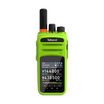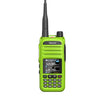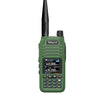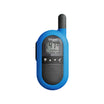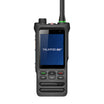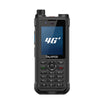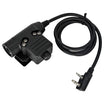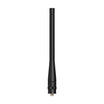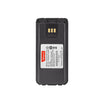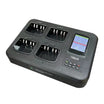Digital Mobile Radio (DMR) systems offer two primary methods for achieving increased capacity: Time Division Multiple Access (TDMA) and Frequency Division Multiple Access (FDMA). While both approaches aim to provide two talk paths within a 12.5 kHz spectrum, they differ in their implementation and impact on system performance.
TDMA, employed by DMR, divides a channel into alternating timeslots, allowing for simultaneous transmission of two independent calls. This method offers predictable doubling of capacity within existing licensed channels, ensuring efficient spectrum utilization and compatibility with global licensing regimes.
On the other hand, FDMA splits a channel into multiple discrete 6.25 kHz channels, theoretically accommodating two new channels side by side. However, the practical challenges associated with FDMA, such as regulatory limitations and interference risks, often outweigh its potential benefits.
In real-world scenarios, TDMA emerges as the preferred choice for DMR systems due to its reliability, scalability, and compatibility with existing infrastructure. By seamlessly integrating with licensed channels and minimizing interference issues, TDMA ensures uninterrupted communication for businesses across various industries.
In conclusion, while both TDMA and FDMA offer spectrum-efficient solutions, TDMA's predictable capacity doubling and compatibility advantages position it as the cornerstone of DMR technology.






